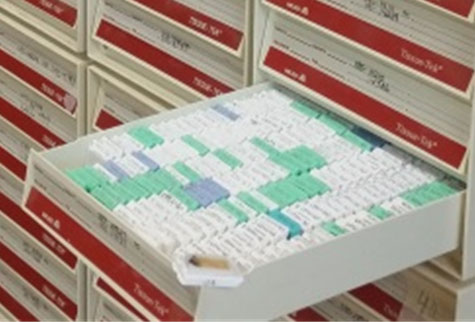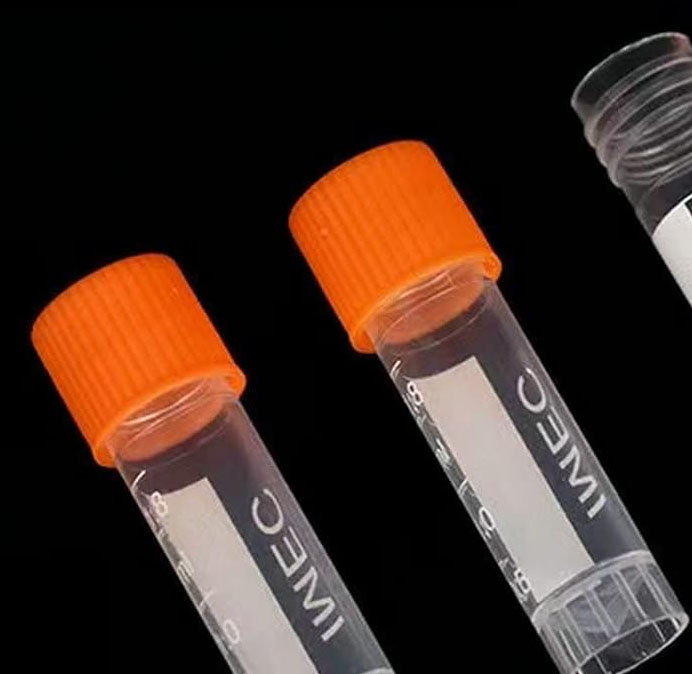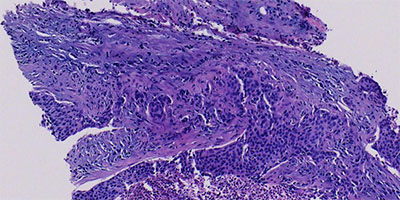INTRODUCTION
The Gundersen Cancer Biobank was formed in 2008. Our biorepository contains more than 100,000 tissue and biofluid specimens donated by cancer patients at the Gundersen Health System to support research into the causes, diagnosis and cure of cancer. The biobank has been continuously accredited by the College of American Pathologists since 2015.
These deidentified specimens are studied in the cancer research laboratories of the Gundersen Medical Foundation and made available to collaborators around the world. If you need cancer specimens for your study, please reach out to Biobank Director, Dr. Paraic Kenny, at biobank@gundersenhealth.org and our team will be happy to work with you.



